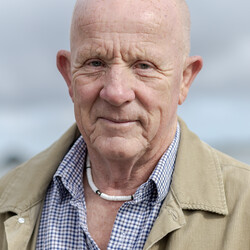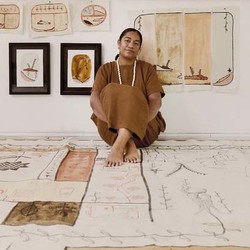Commentary
B.
Bulletin
New Zealand's leading
gallery magazine
Latest Issue
B.21601 Jun 2024
Contributors
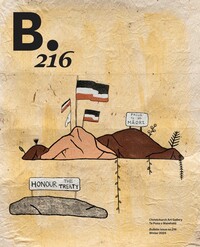
Commentary
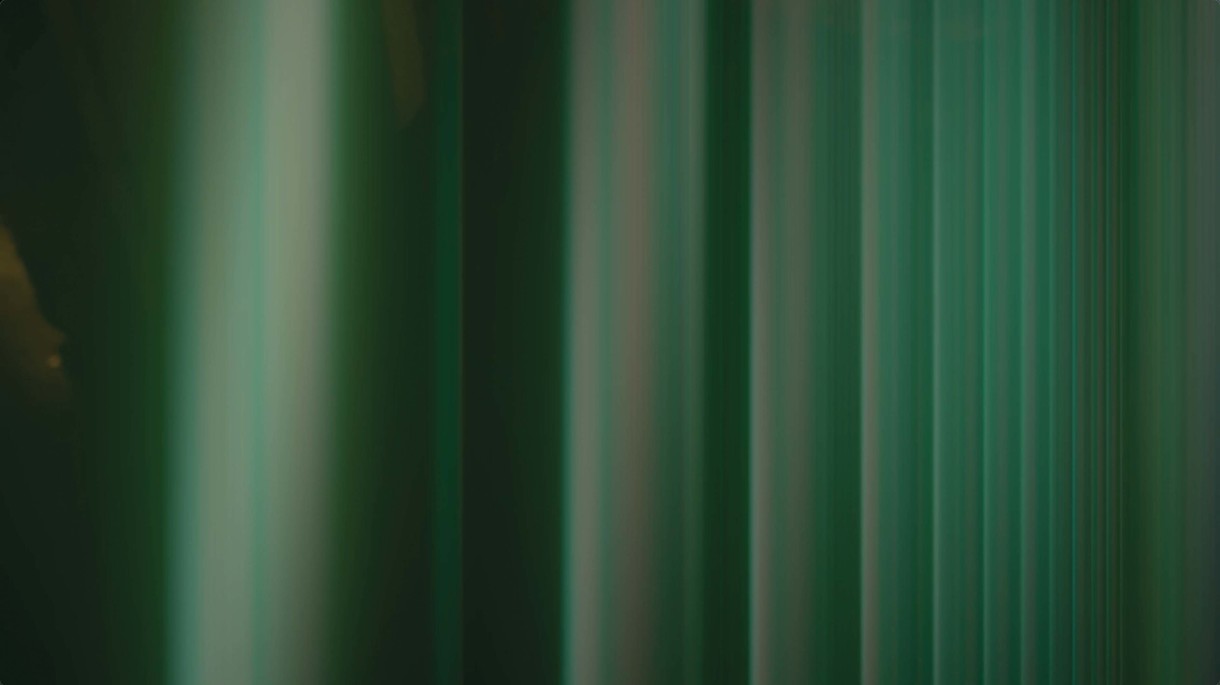
Silver Screen
Writing on the virtues of filmic possibility, Susan Sontag identifies that “the distinctive cinematic unit is not the image, but the principle of connection between the images: the relation of a ‘shot’ to the one that preceded and the one that comes after.” It is this ability to manipulate the structure of film that makes the medium special; editing, Sontag proposes, is the reason for film to exist at all. The continuation or dissolution of one scene into the next constitutes the materiality of the moving image; it is defined by the seams where it also might be undone. As such, an artist’s choice to work with moving image comes from an appreciation of its distinct characteristics.
Commentary

Te Rā at Christchurch Art Gallery
On 8 July 2023, Christchurch Art Gallery Te Puna o Waiwhetū opened Te Rā: The Māori Sail to the public. The opening was a celebratory event to which manuhiri travelled from around Aotearoa, excited by the opportunity to view the only known customary Māori sail in existence. The development of the exhibition required the knowledge and skills of numerous experts from the Gallery team and elsewhere in Aotearoa, Australia and England. This photo-essay documents the work that went into the installation, and some of the people that made it happen.
Commentary
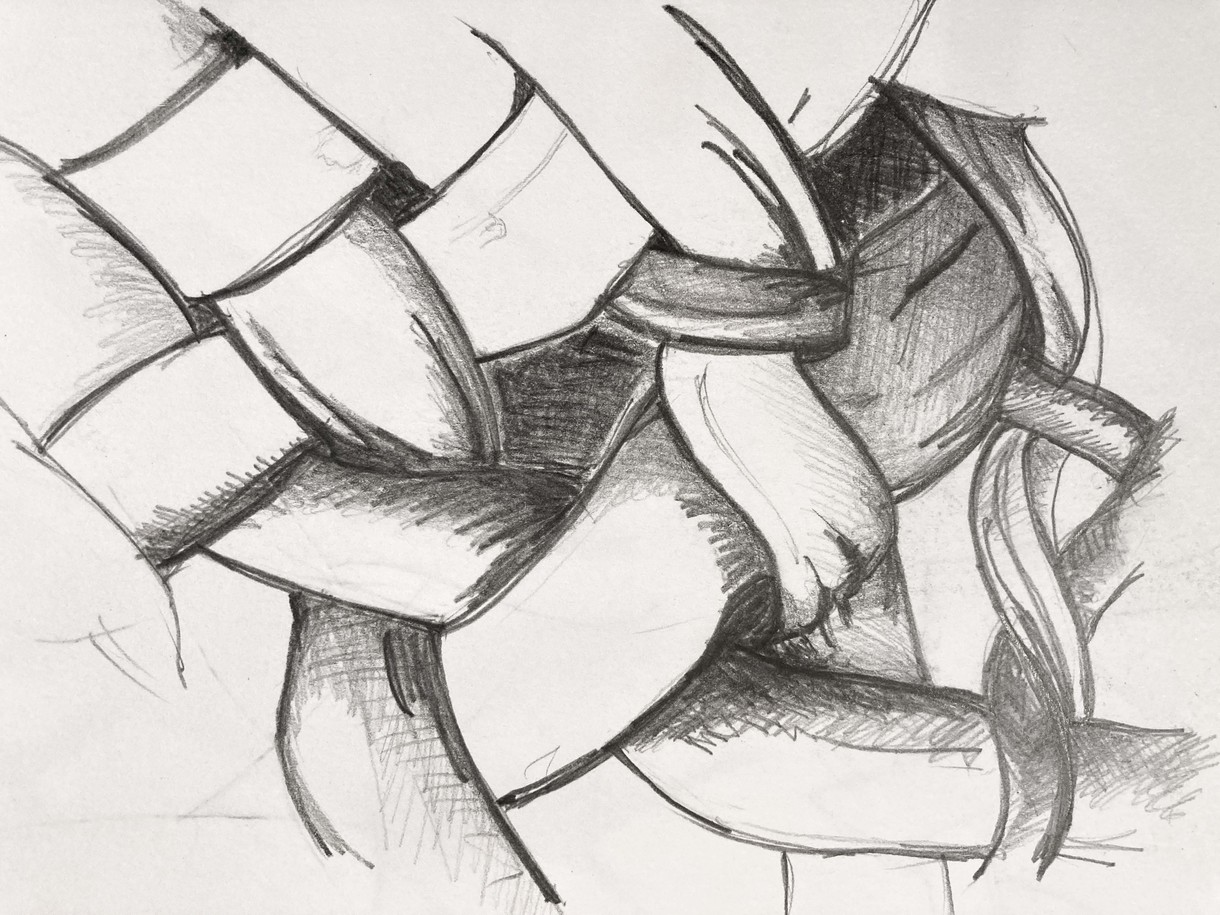
Ka Oho te Taonga, Ka Oho te Tangata
In 2014, a team of University of Waikato researchers led by Linda Tuhiwai Smith CNZM travelled to Norway to present their research at the New Zealand Studies Association Conference, held at the Kon-Tiki Museum in Oslo. The group included myself and Aroha Mitchell (researchers, artists and kairaranga), Rangi Mataamua (researcher and scholar of Māori astronomy) and Haki Tuaupiki (researcher, navigator/waka sailor).
Linda knew of my fascination with Te Rā and encouraged me to organise a visit to the British Museum while we were overseas. Emails flew back and forth between Aotearoa and London, and fortunately the times aligned and we arranged to spend two days at the museum documenting the construction of, and reflecting on the function of, this taonga.
Commentary
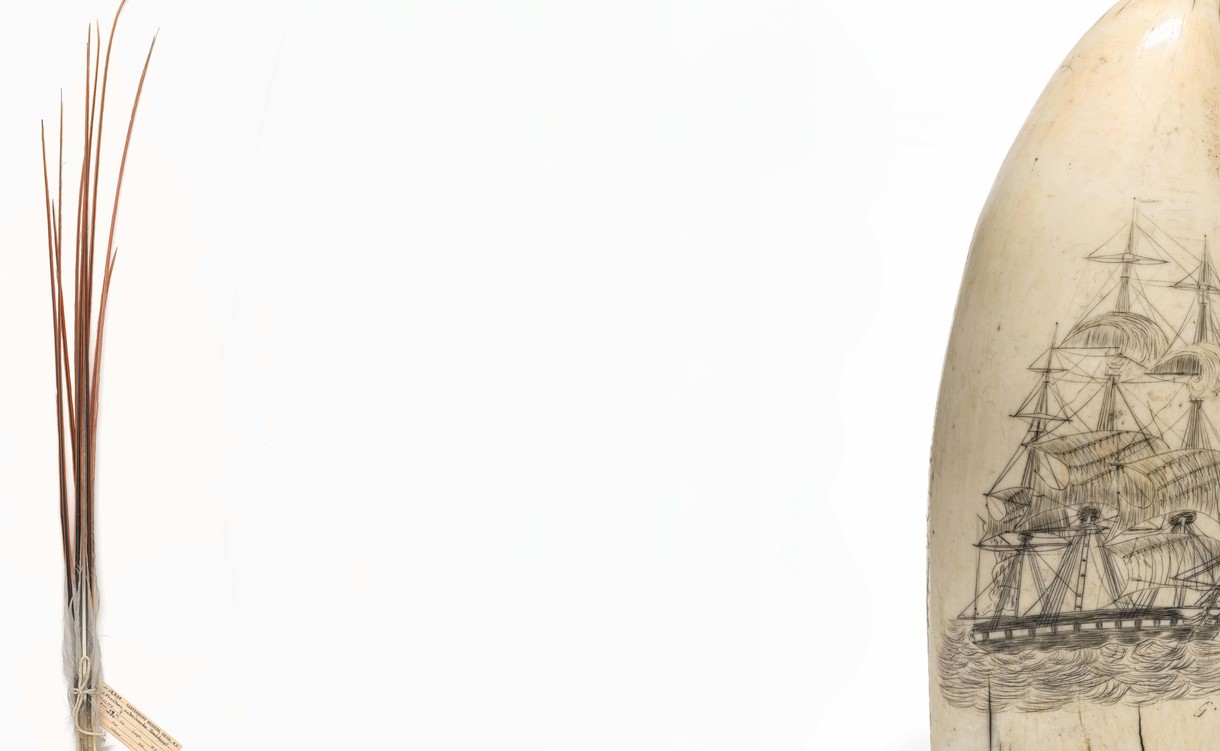
Verses and Visions of Ship Nails and Tail Feathers
The ways that we curate history can make all the difference in the ways we value each other now. As I round the corner on a decade spent working in heritage and curatorial collection management, my beloved museum wrapped in its gothic stone cloak is under decant. It seems the tide is always high, and my mind needs to revel in the freedom of writing in a foreign tongue about that which matters to me. So here is a collection of verses and visions, data and drama about art and artefacts intended to counter what I would describe as the lingering monocular view of histories and heritage material.
Commentary

Whenua is a Portal
Manawa mai tēnei i Ahuone mai
Manawa mai tēnei i whenuatia
Manawa mai tēnei he kapunga oneone
Tēnei te mauri
o Papatūānuku,
o Tūparimaunga,
o Parawhenuamea,
o Ukurangi
E whakaata mai nei e
Kōkiri!
Commentary

String Games
“If you think about it, digital, it’s something you play with string, your fingers and a language of computers, strings of binary code. The interplay of old and new. ”
Commentary
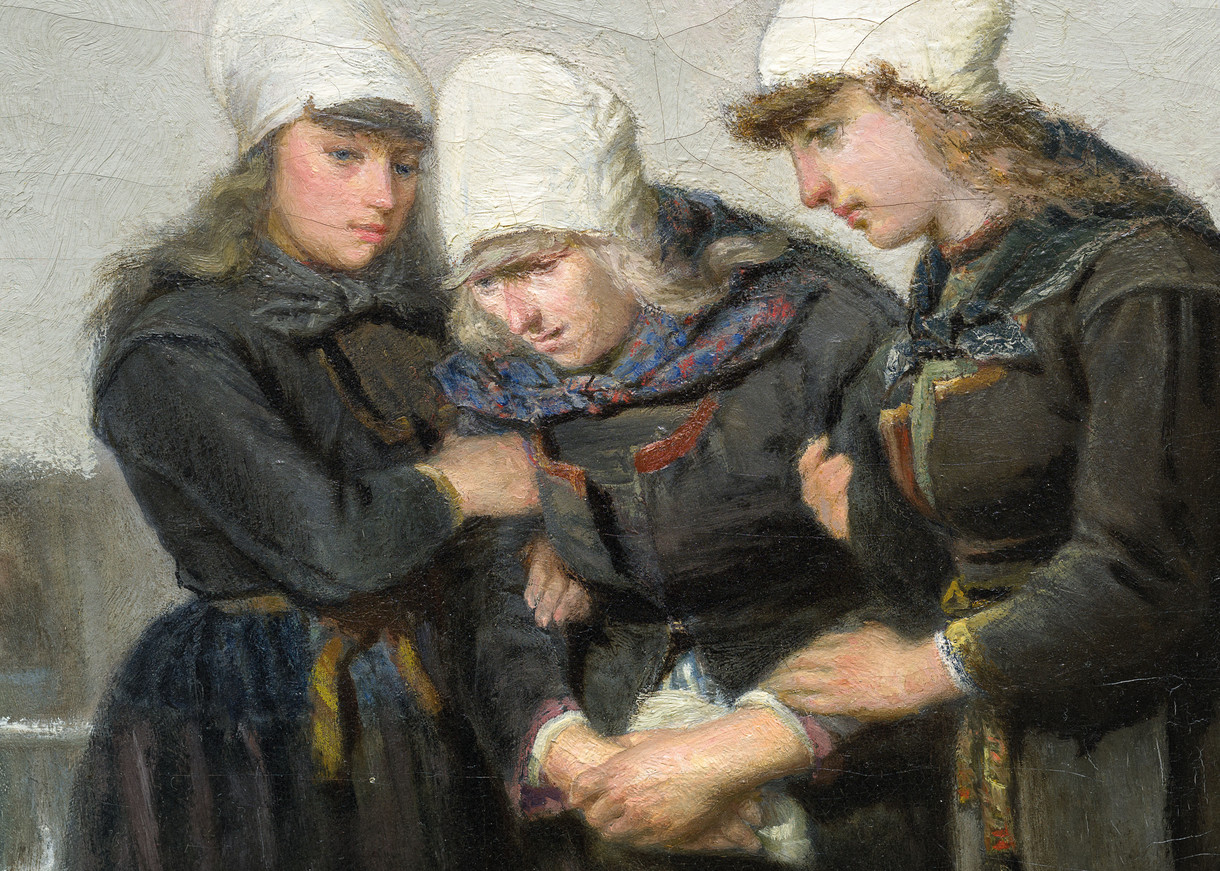
Something’s Missing
It’s among the best-loved paintings in the Gallery’s collection, celebrated for the connections and conversations it generates between different generations. People who, as children, encountered Petrus van der Velden’s Burial in the winter on the island of Marken [The Dutch Funeral] (1872) in the neoclassical spaces of the old Robert McDougall Art Gallery now bring their own grandchildren to Te Puna o Waiwhetū to see it.
Commentary
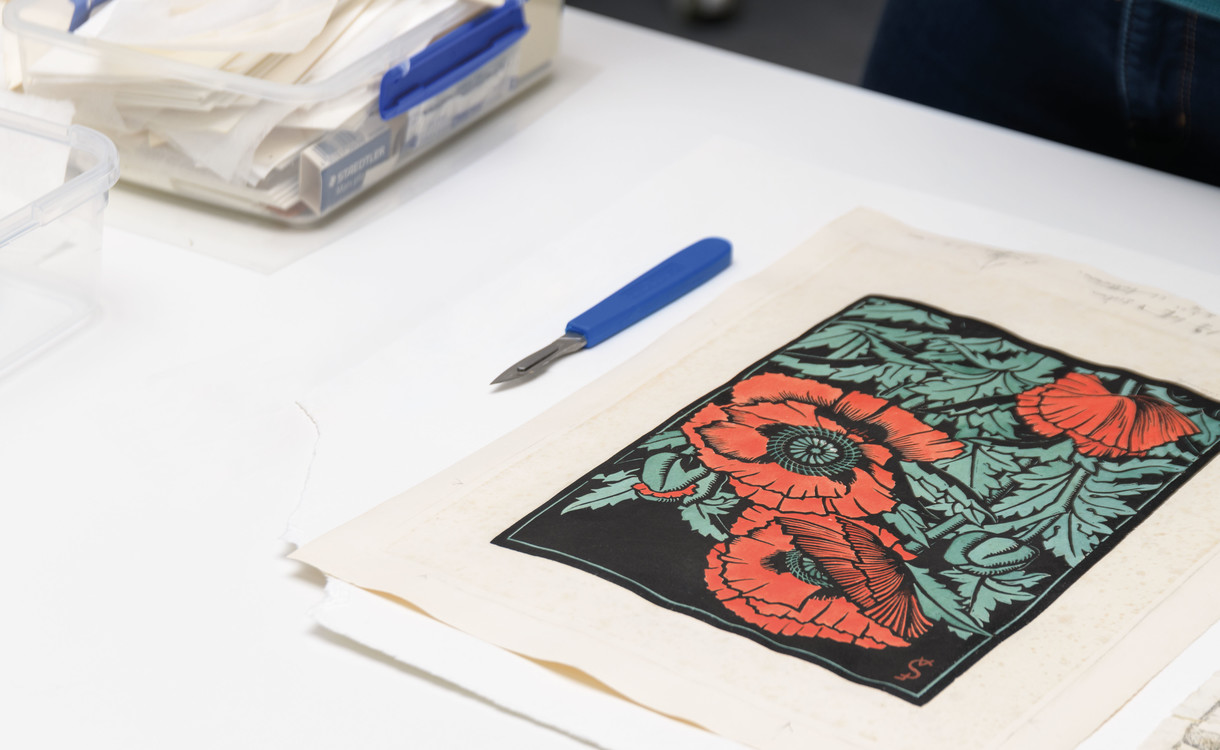
Cut It Out
Make no bones about it, Ink on Paper: Aotearoa New Zealand Printmakers of the Modern Era is an exhibition I have long wanted to curate. I acquired my first print direct from Ralph Hotere when I was an art history student here in Christchurch many years ago. Hotere was the artist that piqued my interest in printmaking, but it is the Aotearoa New Zealand printmakers of the 1910s through to the 1950s that I love the most. Ink on Paper focuses on a generation of artists that were at the forefront of the medium when, following the printmaking revival in Britain, printmaking in Aotearoa was increasingly becoming accepted as an art form rather than simply a method of reproduction.
Commentary
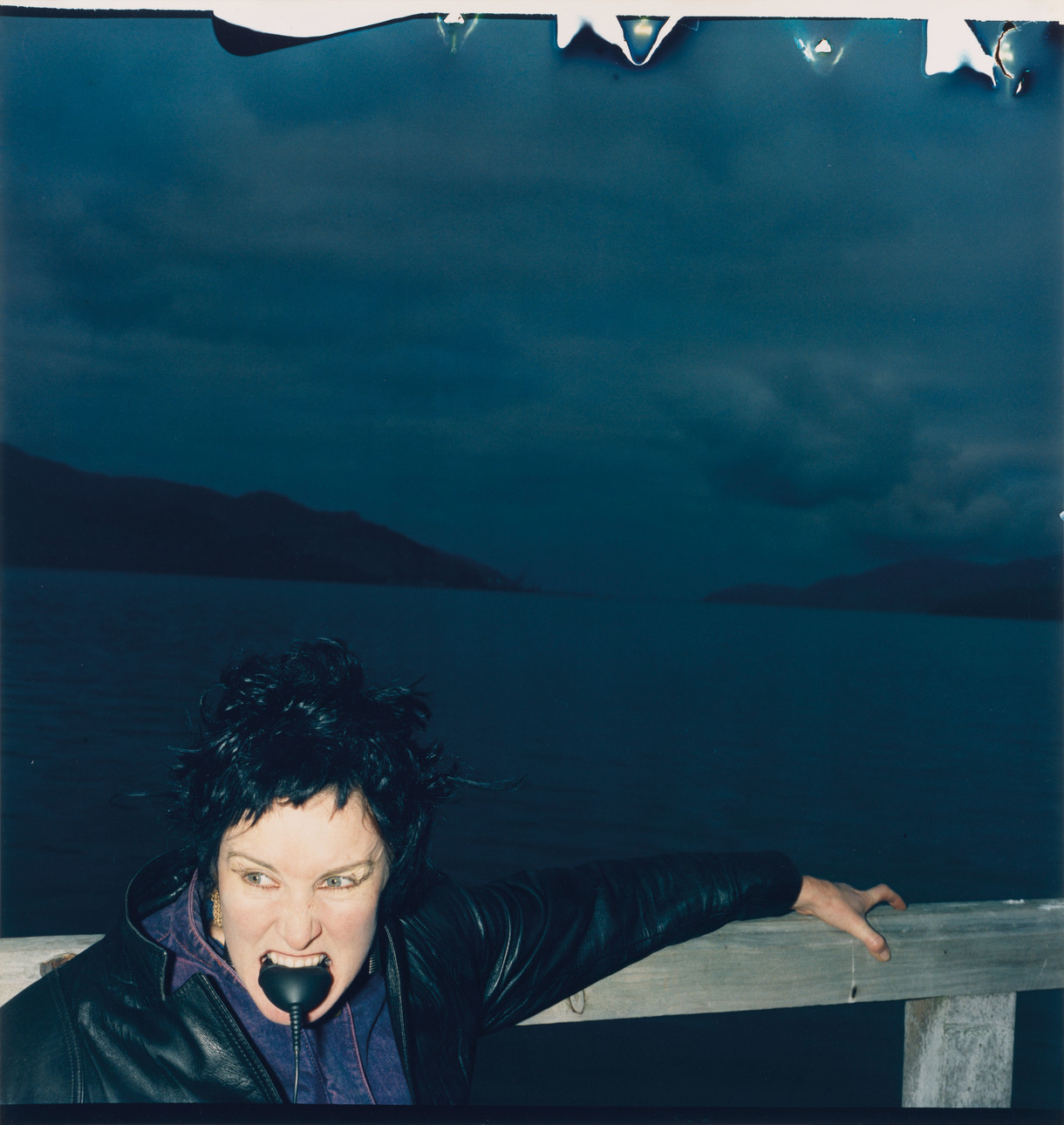
Mediating Reality
In the late 1980s, a significant shift for photography in Aotearoa New Zealand was identified in two art publications. The essays and images in these books showed how artists were utilising new strategies, breaking away from the prevailing documentary photography tradition that was, and still is, widespread in Aotearoa. Six Women Photographers (1986) was edited by artists Merylyn Tweedie and Rhondda Bosworth for Photoforum; and Imposing Narratives: Beyond the Documentary in Recent New Zealand Photography (1989) was the catalogue for an exhibition curated by Gregory Burke for City Gallery Wellington. The artists included in both publications questioned in various ways the assumptions and rules of image making, manipulating the media and making a political move from the standpoint of taking a photograph, to making one. No longer was a photograph considered a truthful representation of reality. Instead, photography was seen as a product of, and a participant in, current social and cultural values.
Commentary

James Oram: By Spectral Hands
In the American psychological thriller Severance, the employees of Lumon Industries undergo a surgical procedure that separates their work and non-work memories. The uncanny plot unfolds into what feels like a terrifyingly accurate portrayal of the power that corporations exert over our lives, and the integration of the self into capitalism. In this fictional world Mark and his co-workers willingly join the corporation, blind to what it is they do as part of the Macrodata Refinement team. The series offers insight into how data has become a core part of capitalism, despite the over-abundance of information in a system founded on scarcity. Further, Severance’s data sorters must categorise and file the numbers that appear on their computer screens based on their emotional response to them, rather than applying logic, thereby integrating their feelings to the digital realm.
